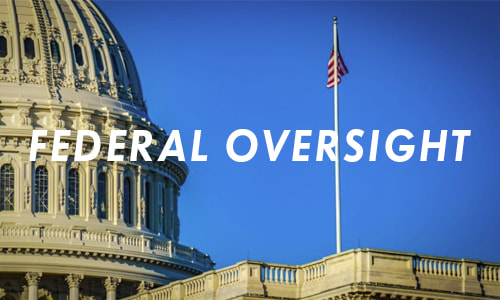A Different Perspective: Views from the Aviation Industry
Citizens who are affected by the noise, pollution, and safety concerns that stem from air traffic overhead have a significant stake in these issues. However, they are not the only ones who have these concerns. Below are links to a selection of readings from the perspective of pilots, regulators, and other aviation industry experts and insiders.








